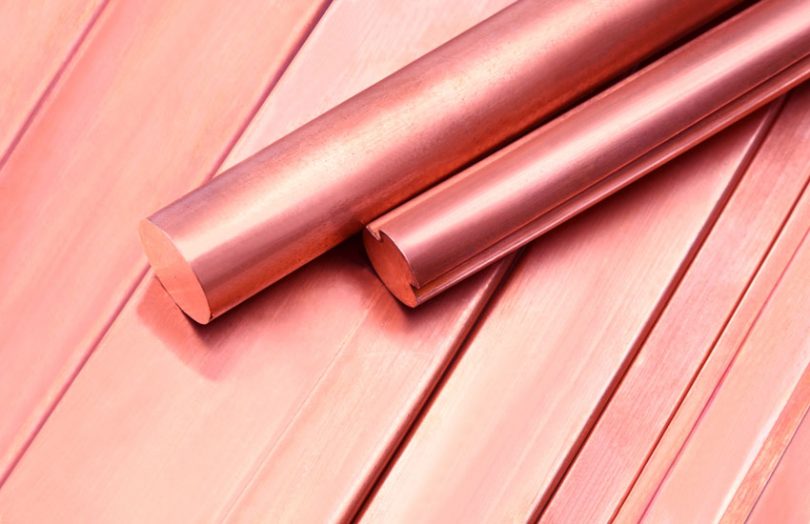Yesterday, the Qianhai Mercantile Exchange (QME) and Ant Financial launched a blockchain warehouse receipt alliance.
QME is a commodity trading platform and a subsidiary of the Hong Kong stock exchange (HKEX) which also owns the London Metal Exchange. Through a partnership with Ant Financial, the trading system can integrate warehousing and logistics using blockchain to provide transparency for the entire lifecycle of a commodity.
Warehouse receipts vouching for the underlying commodity’s existence are critical documents for commodities markets to track the physical inventory. Companies holding a warehouse receipt can use it as collateral for finance, turning a digital receipt into a digital asset.
The problem it solves
Blockchain can significantly enhance the authenticity of warehouse receipts which have been the subject of significant frauds in recent years.
Two years ago, some global banks briefly froze credit lines for Singapore metal traders after a unit of commodities giant Glencore uncovered fake warehousing receipts, a Reuters report said. With blockchain, a warehouse receipt can be tracked to prevent double financing.
One of the biggest frauds was uncovered in 2014 at China’s Qingdao metal warehouse where it is estimated that double financing cost Western and Asian banks as much as $3 billion.
The solution
QME will leverage Ant Financial’s blockchain to work with all parties in the commodity’s life cycle. That includes production, processing, trade and end-consumer enterprises, but also warehouses, logistics companies, insurance companies and financial institutions. The goal of a jointly built blockchain consortiun is to create a trusted asset system based on blockchain.
By using blockchain technology, warehouse receipts can become standardized assets, improving their risk profile for financial institutions. In turn, it will enhance liquidity for small and medium enterprises, based on their credit rating and performance of the commodity market.
“The exchange is a natural provider of market infrastructure. Relying on blockchain technology, it can promote the transformation and upgrading of traditional centralized enterprise-level warehouse receipt systems based on the main credit of warehouses to industrial chain enterprises,” said Dong Feng, general manager of Qianhai Mercantile Exchange.
The warehouse blockchain project will operate in tandem with existing Internet of Things (IoT) projects and warehouse receipt insurance projects. By combining blockchain and IoT, it will become easier for borrowers to prove that physical assets exist in a warehouse.
Also on the topic of commodity warehouse receipts, recently Rabobank, commodities trader Concord Resources and warehousing firm PGS executed a metals repo trade using blockchain.
The commodities industry is ripe for innovation and major commodities trading firm Mercuria, in collaboration with other sector players, plans to invest as much as $100 million in blockchain, AI and other technologies.







